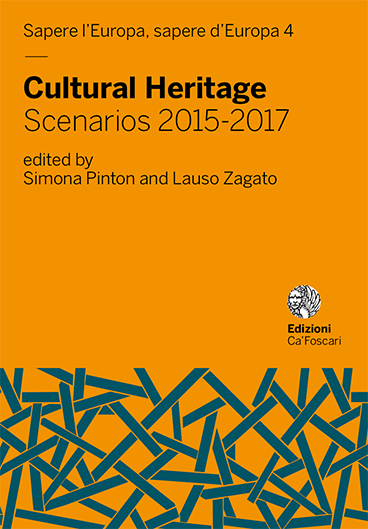- search 126 views
- file_download 14 download
- keyboard_capslock metadata
-
mark_email_readIscriviti alla newsletter
Religious Heritage: Sharing and Integrating Values, Fruition, Resources, Responsibilities
abstract
Religious heritage has a distinctive nature and presents more intrinsic critical factors than any other category of heritage. It is our continent’s biggest (living) heritage, subject to a range of converging interests and extended uses, other than just devotional. An ever increasing demand for access by new stakeholders, and the lack of financial, human and technical resources, raise unprecedented challenges for this, shared space. This article sheds some light on several, mutually intertwined issues that affect management and governance of religious sites and then investigates the case of Chorus to see how preservation and enhancement of historical religious sites can benefit from a sharing-and-integration approach.
Keywords: Chorus • Management and governance • Religious heritage • Sharing and integration
permalink: http://doi.org/10.14277/6969-052-5/SE-4-35

